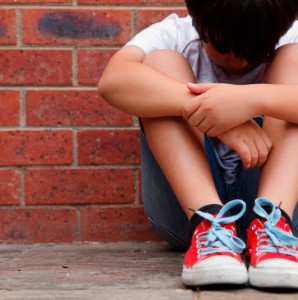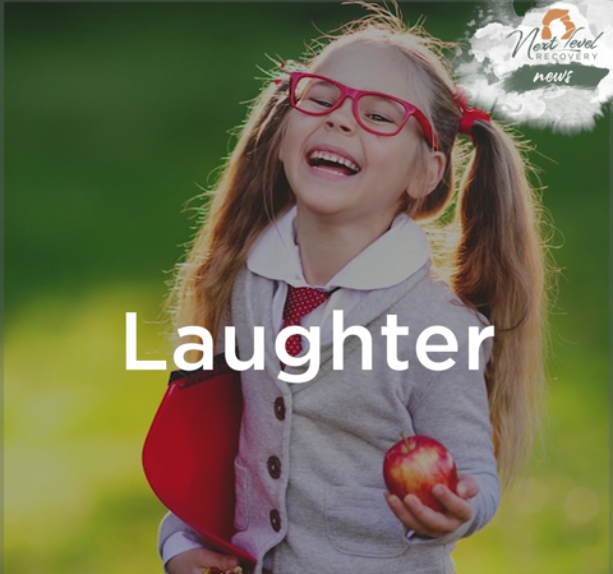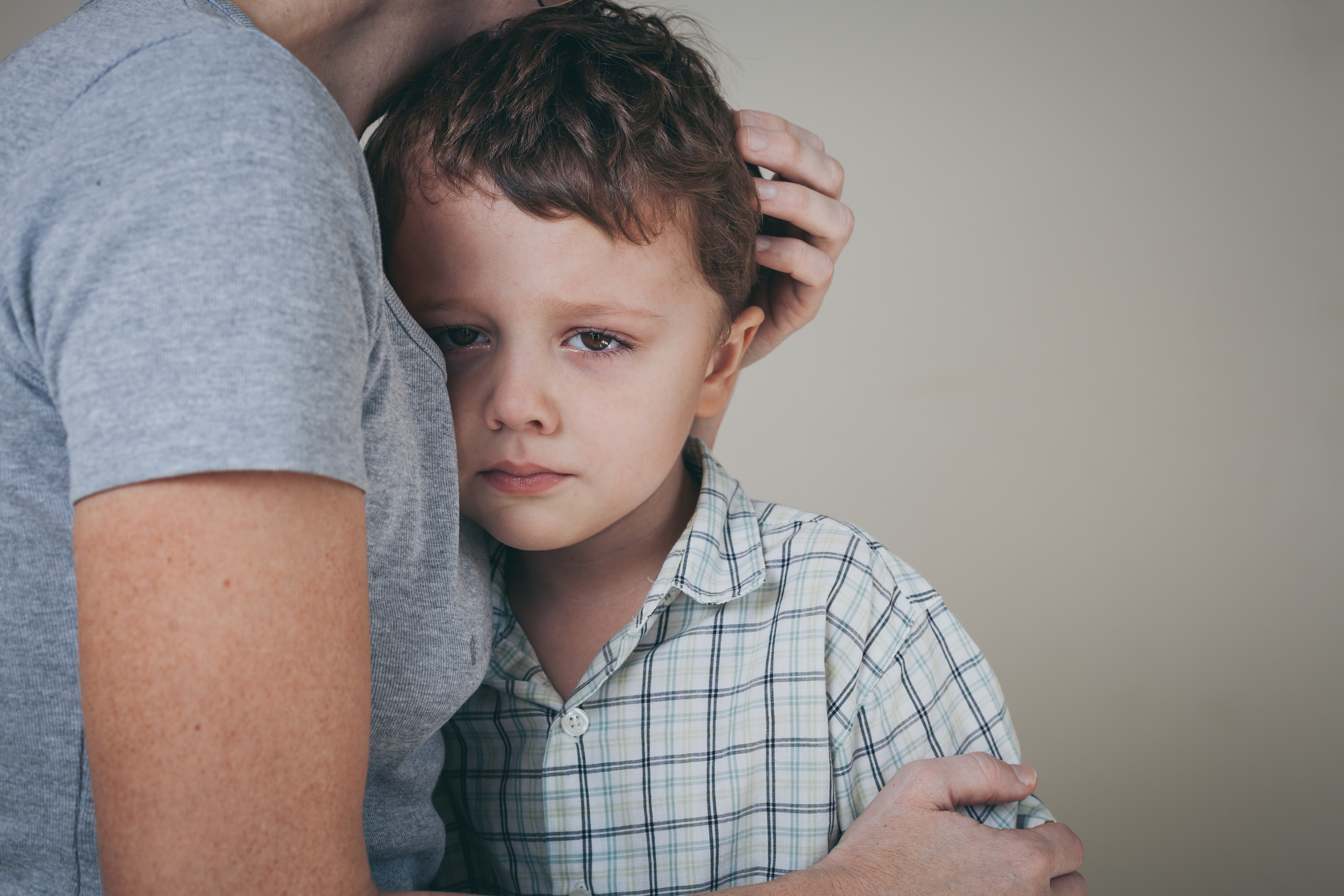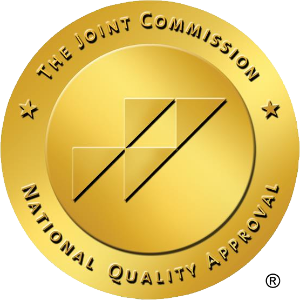 PTSD in Recovery
PTSD in Recovery
Post Traumatic Stress Disorder is not just for those returning from military service. Anyone can suffer the effects at any age. Not everyone with PTSD has been through a “dangerous” event. Many experience symptoms after a close friend or family member experiences danger or is harmed in some way. Recovering heroin users can experience PTSD, as well as their families and loved ones.
One of the more common symptoms of Post Traumatic Stress Disorder is the experience of flashbacks or reliving the trauma all over again. This mental symptom often produces very real physiological effects on the body including racing heart, sweat and increased respiration rate. These can come on unexpectedly and can be caused by a simple reminder of the event during the course of one’s normal day. As you may have expected, bad dreams are a common experience with PTSD.
Another symptom of PTSD is the display of a certain level of detachment both physically and emotionally. This may manifest itself by the person avoiding certain places or even objects that trigger the reminders of the experience. They may also have a general feeling of being emotionally detached or “numb” and suffer from strong feelings of guilt, depression or worry. Much like depression, they may also lose interest in activities that were previously enjoyable to them.
When an individual experiences a traumatic event, the brain produces endorphins. These neurotransmitters actually reduce pain and create a sense of well being in order for the body to cope with the present stress. Once the event is over, the body slows the endorphin production and the effect can have the same symptoms of withdrawal from alcohol or drugs. These include physical pain, depression, anxiety and increased cravings for drugs and alcohol.
In the case of anyone experiencing PTSD, the treatment options can vary. Exposure therapy, which we discussed a couple weeks ago, can help the person face the trauma in a safe and controlled way. They can use mental imagery, writing or even visit the place or places where they most often used or other trigger spots. Cognitive restructuring can be combined with the exposure to teach the person new ways to view the event or experiences. It can help them make sense of the bad memories or look back at the patterns in a more realistic way. Both of these can be effective for treating PTSD or the addiction itself.








